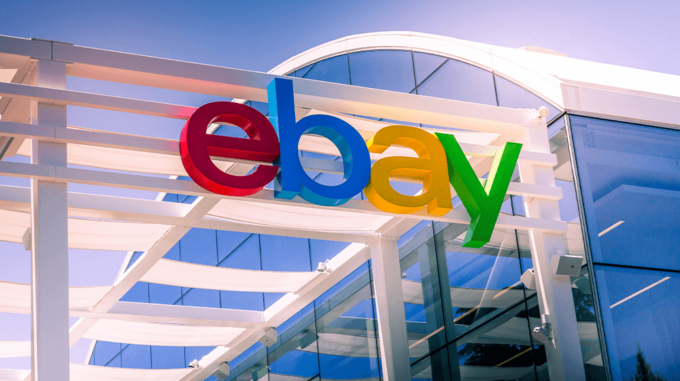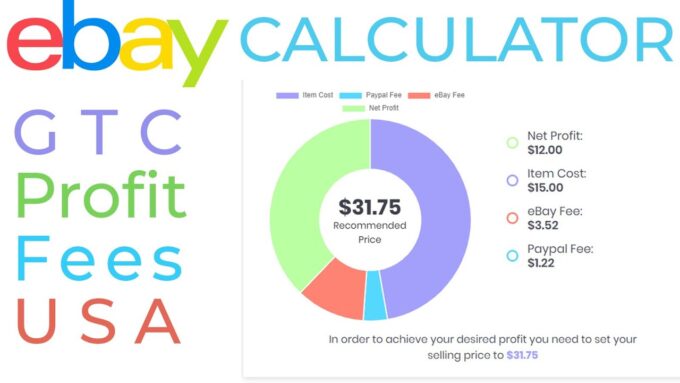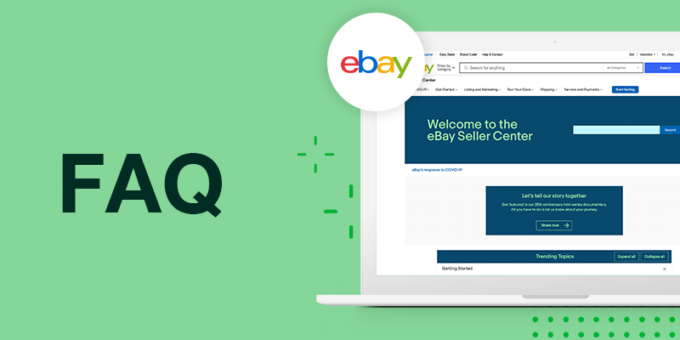It is important to monitor all expenses related to your business, and as an eCommerce seller who uses any platform for transactions, you’ll need to pay a fee.
Just as a physical shop pays rent, you pay for the online space you use. However, it is necessary to be abreast of all your fees, including listing fees, subscription fees, final value fees, international fees, and dispute fees.
This guide will tell you all you need to know about managing your eBay store effectively.
One thing you should be concerned about is how to keep your eBay fees as low as possible, but first, you must understand all about the fees.
As sellers are getting moved over to eBay’s new payment Management service, your new system would affect your payment fees so it is important to get informed about this.
How does managed payment impact your fees?

Existing eBay sellers may have already received an email asking them to register for managed payments. eBay promise is a simpler way to manage your payments so that your financial planning will deal with fewer figures and amounts.
For instance, if you used a payment platform like PayPal before, the fees will now be combined instead of separated, giving you an easier reconciliation process.
Let’s look at the major categories of eBay fees
1. eBay Listing Fees
eBay listing fees are standard fees when you sell your products on the platform and they get added at the beginning before you can officially list the item.
They are also called insertion fees and they are calculated depending on the item you’re listing, your type of account, and how you list the item. When you list multiple items like a bundle of items you will only pay a single fee.
2. eBay Final Value Fees
The final value fees on eBay are the ones you’re charged at the end of the sales excluding sales tax.
Once a buyer wins an auction or taps on “buy now”, the final value fee will be implemented, even if the sale doesn’t get completed eBay calculates the final value fees according to the sales price of the item. The fees are also calculated based on the region your marketplace is located, and the shipping method for the sales.
Just as insertion fees work, your item listing category and store subscription level will also affect the final value fees.
Here’s how the fees are calculated

• vShipping method
The shipping method your buyer chooses will affect your final value fee. However, when you choose international or 1-day shipping, alongside a cheaper option like domestic shipping, the cheapest value will be used to calculate the fee.
• Account type and Marketplace region
The standard eBay final value fee is different depending on your location. So, the fee for ebay.com.au will be different from that of ebay.com.
Active sellers on eBay should consider a store subscription.
It is important to understand the breakdown on the cost of all store subscription levels, and how your type of store can affect your fees.
When you are informed about all eBay fee categories, the next step would be to learn about the eBay fees calculator.
The internet has a ton of eBay fee calculators. Some are useful, and most are not.
If you’re reading this article, chances are, you’ve come across one of the useless ones. But no worries, we’ll fix that for you.
Below, we’ll give you a quick run through on how to use that calculator. We’ll also look at a few FAQs that you may want to implore.
But First – Why Use a Calculator?
Because everyone’s using it. Not only does it save them (and you) time, but it saves you a lot of money.

In fact, those calculators are always updated with eBay’s newest pricing policies. You can guarantee that they’re always accurate. And this means you know how much of your profit margin goes to eBay.
Those calculators take many factors into consideration, which include:
- Shipping costs
- Shipping charges
- Sold prices
And many more! From there, you get a final value that reflects your true profits on that platform!
Second – The Process of Using the Calculator
Simple. All you need is the information, and you’re set.
You’ll need to insert info into the following fields:
- Sold price
- Shipping cost
- Shipping charges
- Quantity
- Item cost
- Seller performance
- eBay store name
- Sales tax %
- Payment methods
You might need more information if you choose a different calculator.
As you can tell, manually calculating your fees with that kind of info is hard. You can easily check your fees and profits on https://tools.joinflyp.com/ebay-fees-calculator.
What if I Want to Try a New Calculator?
You can do that. Just make sure you pick one that’s fit for your needs.
You need a calculator that shows correct information about the profit % you’re getting. If not, then it’s probably not worth the effort.
Third – Frequently Asked Questions

(A) How Are eBay Fees Calculated?
The following factors should be taken into account. They include the value paid by a buyer for an item, the store’s level, plus discounts for top rated sellers, item category, sales taxes, and a lot more info.
By entering those details into a calculator – you ensure an accurate representation of your fees.
(B) How Much Does eBay Charge for Fees?
This depends on the seller’s account. A basic account holder pays 10% final fees on most categories. 12% is paid on movies, DVDs, and books.
This depends on the seller’s account. A basic account holder pays 10% final fees on most categories. 12% is paid on movies, DVDs, and books.
2% is paid for industrial and business categories. 3% commission is paid on musical categories.
(C) Is it Possible to Avoid Those Fees?
Not really. But, by understanding what factors into them, you can drastically minimize what you pay.
We recommend being smart, and adapting to the system in a way that works for you. This includes picking the right account, exploring the fine print, and a lot more.









